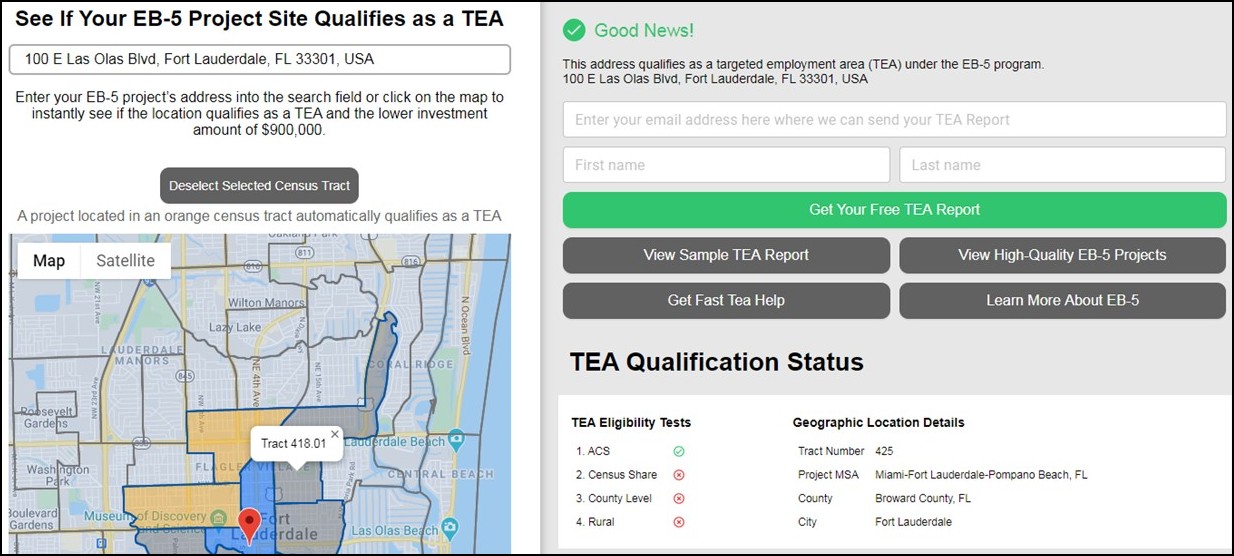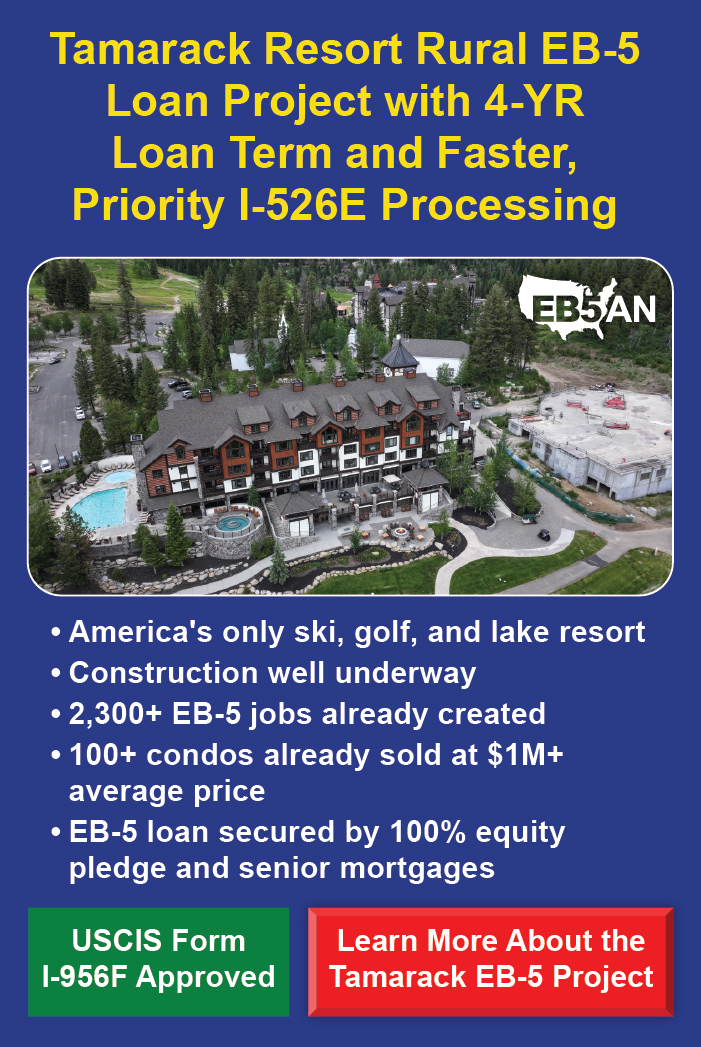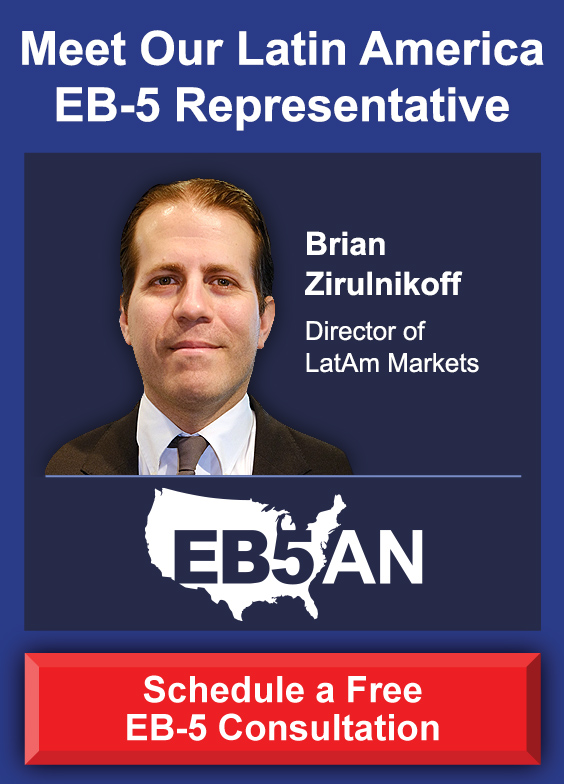Free Targeted Employment Area (TEA) Map for all 50 States
Click Image to View the TEA Map
How to Get TEA Designation: Step-by-step Instructions
A targeted employment area (TEA) is defined by the United States Citizenship and Immigration Services (USCIS) as a high unemployment or rural area that would benefit from foreign investment and the attendant job creation. The minimum qualifying EB-5 investment either within a high-unemployment area or rural area in the United States is currently $900,000.
A TEA is an area that, at the time of investment, is a rural area or an area experiencing unemployment of at least 150 percent of the national average rate. The national average unemployment rate for 2018 was 3.9%, so the minimum qualifying threshold for EB-5 projects in high unemployment areas in 2019 is 8.9%. While high unemployment TEAs were previously designated at the state level, since November 2019, USCIS oversees TEA designation.
A rural area is any area outside a metropolitan statistical area (MSA) as designated by the Office of Management and Budget (OMB) or outside the boundary of any city or town having a population of 20,000 or more according to the most recent decennial census, currently the 2010 census.
If your project is located in a rural area, then the location automatically qualifies as a TEA. However, you still need to provide proof with your petition demonstrating that the TEA meets the EB-5 program criteria. To do this, you need to submit verifiable third-party evidence that the area falls outside an MSA and outside a town or city with a population that exceeds 20,000 people. Evidence can include population data from the U.S. Census Bureau and MSA delineation data from the OMB.
Most EB-5 projects are not located within rural areas but in high unemployment TEAs, as defined by the USCIS.
Even if your project is not located in a rural area, the location may still qualify as a high unemployment TEA with a combined unemployment rate that is 150% of the national average rate.
The first step is to determine the census tract that the potential EB-5 regional center project is located in. For this, you will need the exact address of the project location. Enter the EB-5 project address into our TEA Map to determine the 2010 census tract within which your project is located. Our TEA Map will indicate whether or not the specific tract that your project is located in qualifies as a TEA.
If your project is not located in a census tract that automatically qualifies as a TEA, you may want to try a combination of contiguous census tracts in which the new commercial enterprise will do business and those directly adjacent to such census tracts to see if a combination of census tracts results in the required level of unemployment to qualify as a TEA. Combining census tracts is an approved method that may allow a project located in a census tract that does not automatically qualify as a TEA to qualify using a combination of adjacent census tracts.
Once you have determined whether the project location qualifies as a high unemployment TEA, gather reliable, verifiable third-party evidence that supports your claim. You will need to submit this evidence to USCIS to demonstrate that, at the time of investment, the area meets the criteria set out in the EB-5 program. This will enable USCIS to designate the area as a high unemployment TEA based on your individual case.
Specifically, you need to prove that, for a single census tract, the unemployment rate or, for a combination of census tracts, the weighted average of the unemployment rate of the combined tracts is at least 150% of the national average. Data sources include the technical bulletins published by the U.S. Bureau of Labor Statistics Local Area Unemployment Statistics (LAUS) office and other publicly available information.
Providing the right evidence at the right time can be challenging. To ensure that your project falls within a TEA and that the TEA meets the eligibility criteria set out by USCIS, work with an experienced EB-5 specialist.
If Your Project Qualifies as a TEA, The Next Step is to Order a Report
Our TEA Report provides USCIS with a detailed, easy to follow analysis of the census tract assembly methodology and calculation needed to meet the USCIS unemployment EB-5 TEA requirements.











